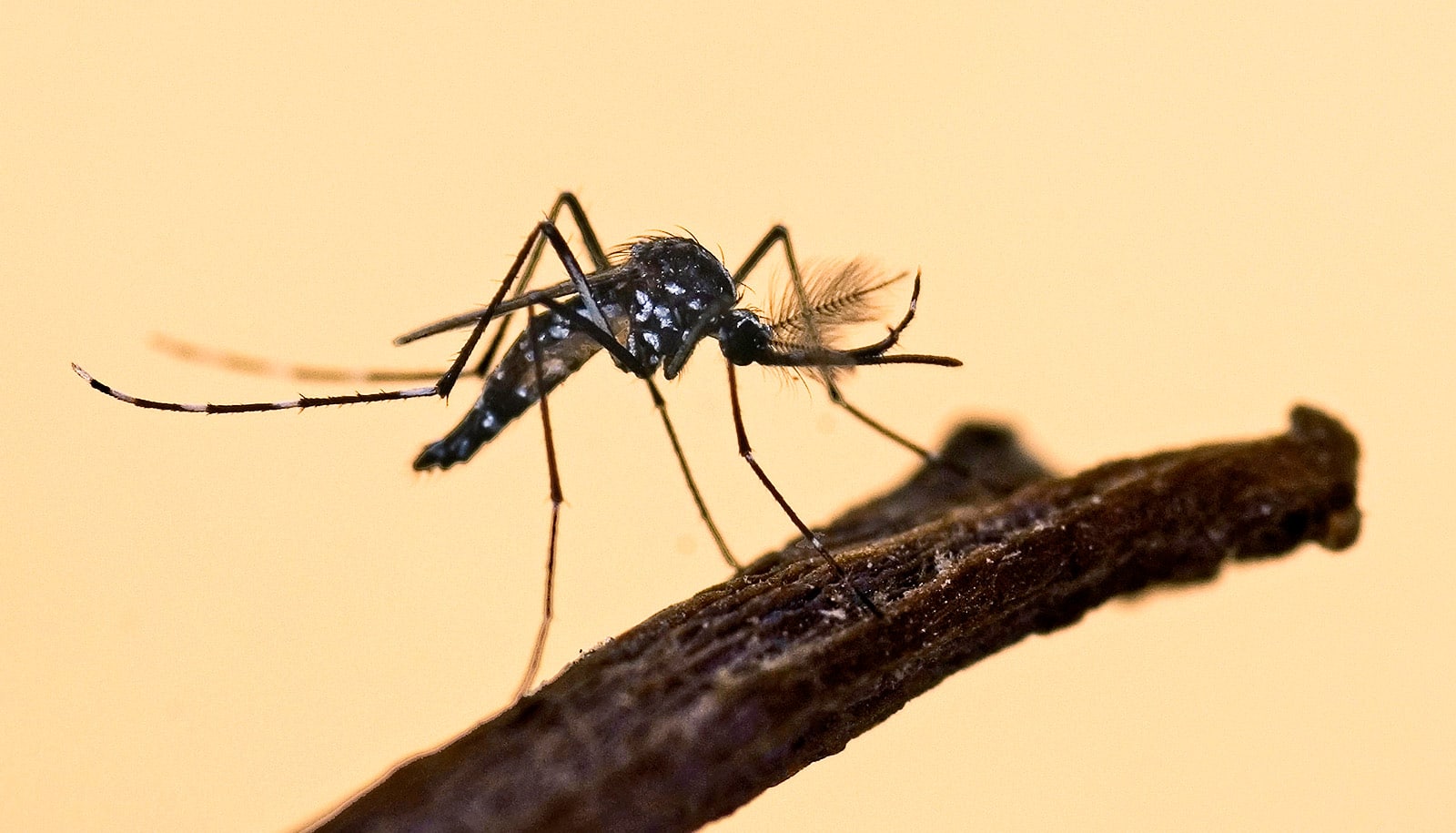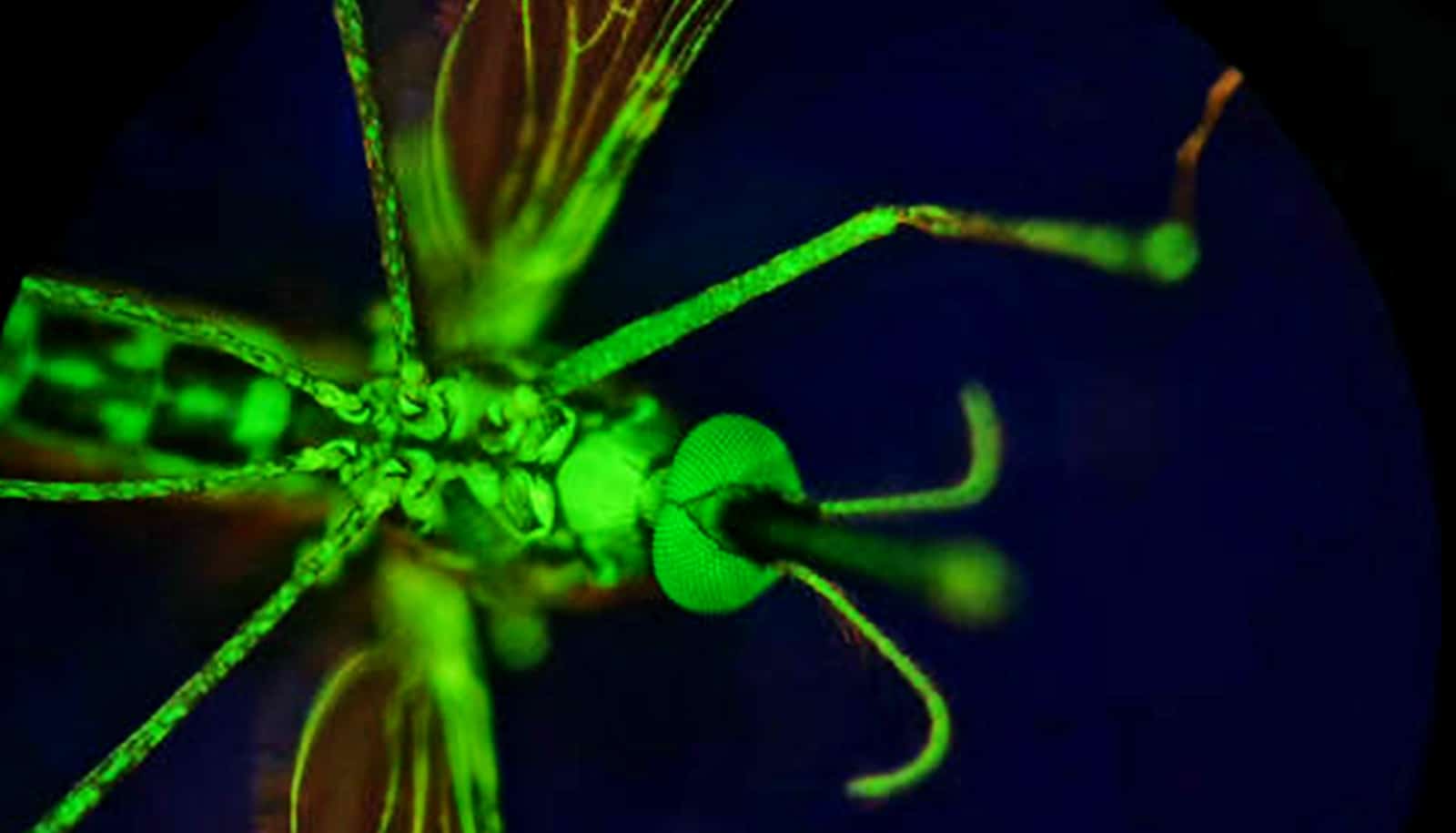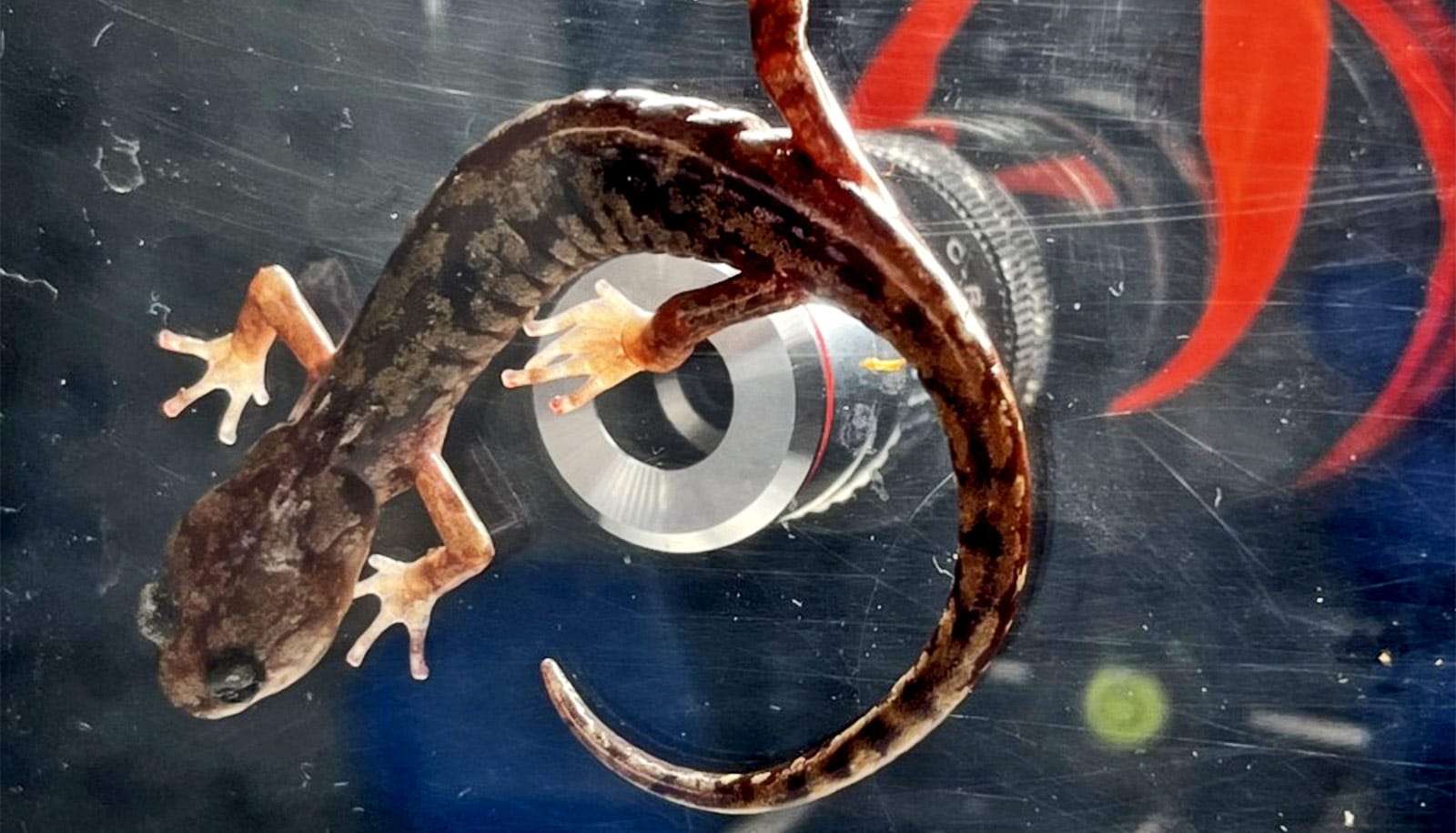Focusing on Wyeomyia smithii, also known as pitcher plant mosquitoes, researchers have pinpointed and sorted out 902 genes related to blood feeding and 478 genes linked to non-blood feeding among female mosquitoes.
The researchers hope to use this genetic information to stop mosquitoes from feeding on blood, which would, in turn, stop the spread of many serious diseases.
“…if we can figure out how to incapacitate biting genes, that would mitigate vector-borne disease worldwide…”
Pitcher plant mosquitoes, which biologists William Bradshaw and Christina Holzapfel have studied for decades, grow in swamps and bogs along the east coast of North America from north Florida into Canada. The species completes its pre-adult life cycle in the water of pitcher plants.
The approach used in isolating the genes will be pursued in other species to identify which ones are universal, says Bradshaw and Holzapfel, who are members of the University of Oregon’s Institute of Ecology and Evolution.
Next, the researchers hope to target common house mosquitoes (Culex pipiens), which spread many encephalitis diseases, West Nile virus, and heartworm; Asian tiger mosquitoes (Aedes albopictus), spreading rapidly in the United States and carriers of, among other viruses, dengue, Zika, and yellow fever; and the African malaria mosquito Anopheles gambiae.
“We are seeking the genes that are in the transition between biting and non-biting,” Holzapfel says. “The reason we are seeking those genes is because if we can figure out how to incapacitate biting genes, that would mitigate vector-borne disease worldwide. If there is no bite, there is no disease transmission, period.”
The research initially targeted the pitcher plant mosquito because it is the only known species to have females that either bite to obtain blood or are obligate non-biters—those that don’t seek blood.
Females are the blood-feeding mosquitos, making them the vectors of diseases; males feed on nectar, as do female non-biting pitcher plant mosquitoes.
Bradshaw and Holzapfel say that they had realized the possibility 20 years ago that genes guiding these lifestyle differences existed and had evolved in nature, but the technology was not yet developed to isolate these genes.
In the project, the researchers examined 21,618 potential genes in the pitcher plant mosquito. Over seven generations, they identified and extracted 1,380 genes determined to have direct effects on differentiating the biting and non-biting lifestyles.
Scientists need help: Capture mosquito buzz on your phone
The step-by-step method involved strong, directional gene selection on a low-biting Florida population. By saving and mating only females about to blood-feed, researchers created an avid, voracious biting line. They also developed a group of disinterested non-biters from the same population by eliminating all females that bit or attempted to bite.
The researchers also examined known metabolic pathways of the isolated genes. Key proteins, like fatty acid synthesis and energy production, are being produced in both biters and non-biters, but the linking enzymes that determine which metabolic pathways are turned on are missing in the non-biters.
“The car is gassed up and running at the intersection but the light is red,” says coauthor Michael E. Pfrender, director of the Genomics & Bioinformatics Core Facility at the University of Notre Dame.
How mosquitoes get away before you can slap them
Understanding specific genes and metabolic pathways are tied to blood-feeding behavior, Holzapfel says, will be helpful for future efforts by pharmaceutical companies to harness a control approach that nature already has established. Such an approach, she adds, would allow mosquito populations to thrive and keep their place in the food chain.
The researchers report their findings in Proceedings of the National Academy of Sciences.
Funding for the research came from the National Science Foundation.
Source: University of Oregon



